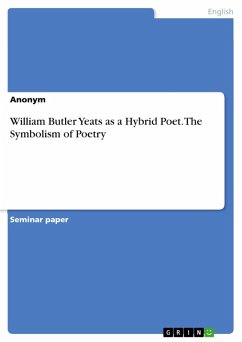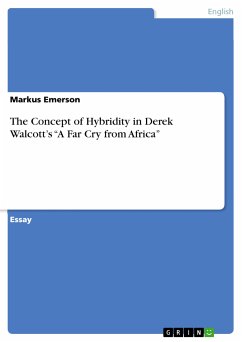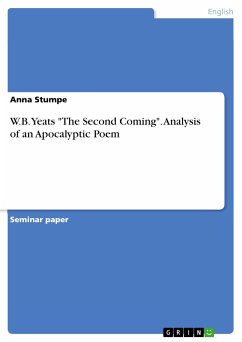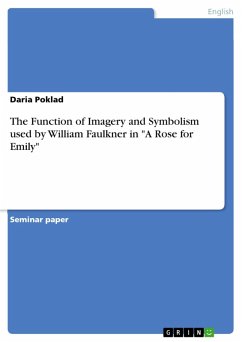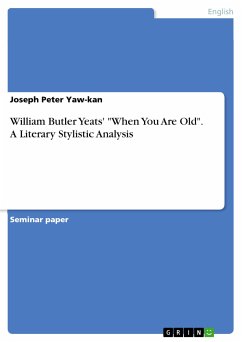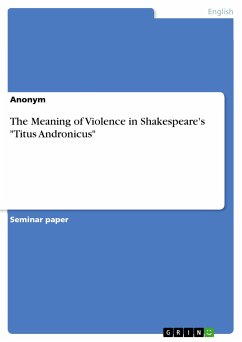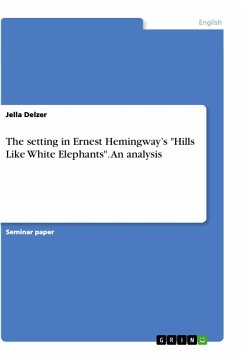Seminar paper from the year 2022 in the subject English Language and Literature Studies - Literature, Justus-Liebig-University Giessen (Anglistik), course: WB Yeats and Symbolism, language: English, abstract: This term paper deals with William Butler Yeats as a hybrid poet. He was always conflicted between his enthusiasm for Ireland and his critical attitude towards the violent confrontation. Notwithstanding, Yeats manages in an impressive way to bring out this ambivalence and to draw attention to this bloody event. While the result is a free and independent Ireland, the bloody road to it was painful. "Easter 1916" is a political poem about sacrifice, change, admiration and immortality. The author wishes to commemorate the admirable sacrifice made by the rebels in 1916 for Irish freedom. Although most of them died, they and their deeds will forever be remembered and passed down through generations, as they are immortal to the Irish. It is not for nothing that Yeats is considered a master of symbolism because the symbols he used in his poems are world-famous. The ideas of his essay "The Symbolism of Poetry" determined and influenced his poetry, such as "Easter 1916". Symbols can have multiple meanings, and thus the mind of the reader is expanded, which is why symbols gain an unlimited influence that goes far beyond the formal nature of their own words. Moreover, "Easter 1916", in a way, marks his shift from Romantic to Modernist poetry. Although some Romantic elements are present in the poem, he nevertheless deals with contemporary politics that reflects the real world.
Dieser Download kann aus rechtlichen Gründen nur mit Rechnungsadresse in A, B, BG, CY, CZ, D, DK, EW, E, FIN, F, GR, HR, H, IRL, I, LT, L, LR, M, NL, PL, P, R, S, SLO, SK ausgeliefert werden.

